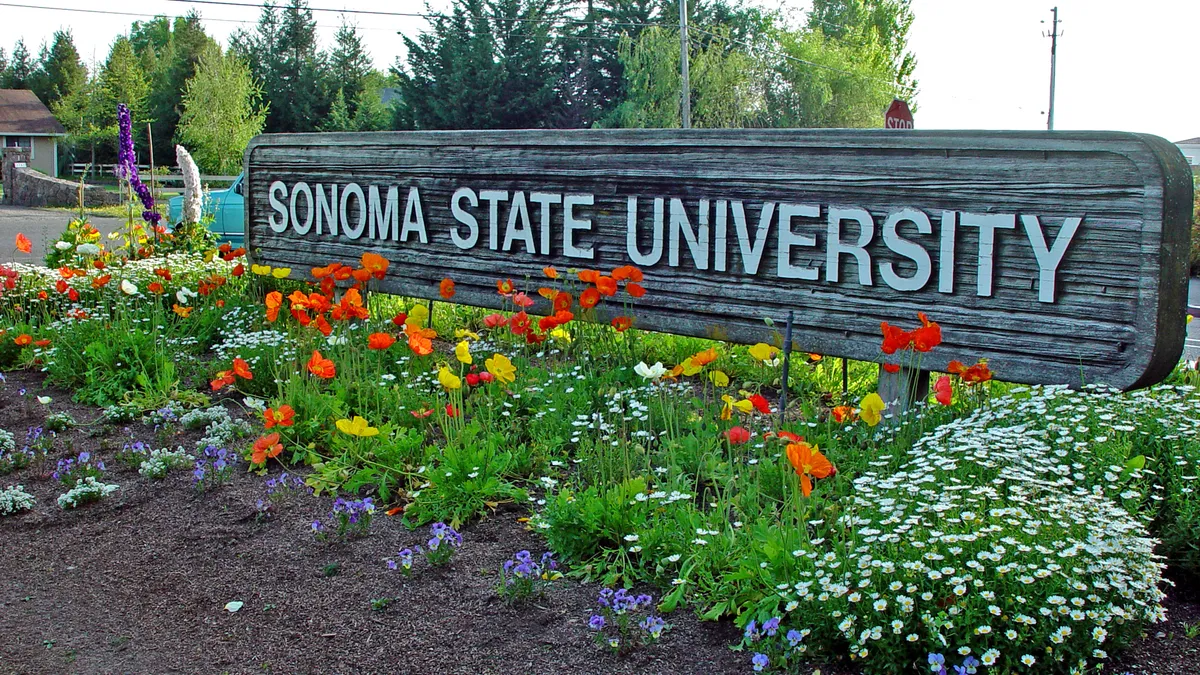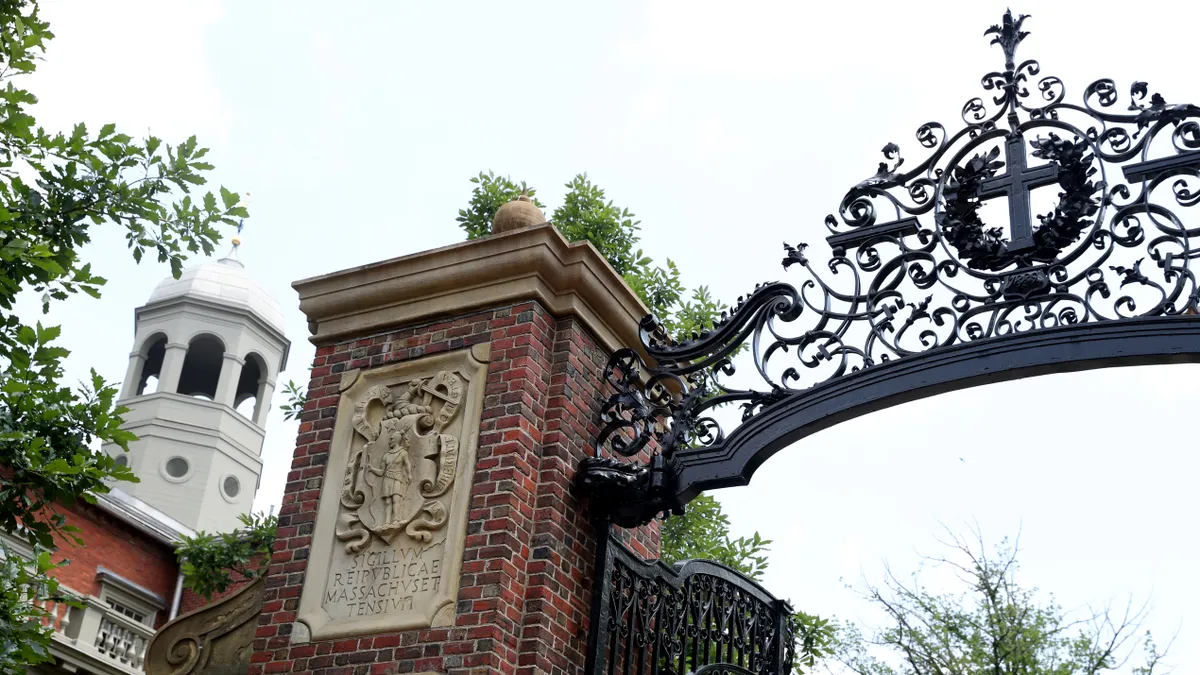The University of Wisconsin Oshkosh said Monday it will downsize its workforce by more than 200 employees, including by laying off 140, as it looks to bridge a multimillion-dollar budget deficit.
In addition to the mass layoffs, 76 employees accepted retirement buyout offers, while another 34.5 vacant positions will go unfilled, the public university said.
Collectively, the cost savings amount to $14.7 million. Administrators forecast an $18 million budget shortfall for the current fiscal year.
Cutbacks have swept college campuses beyond UW Oshkosh and the broader Universities of Wisconsin system. Staff and academic reductions at institutions like North Dakota’s Dickinson State University and West Virginia University have drawn national attention and stoked debates about the value and future of higher education.
These austerity moves have bruised relationships between employees and the leadership of the financially strained campuses. However, these colleges, including UW-Oshkosh, have maintained they need leaner staffing and academic offerings to remain financially viable and competitive.
“The actions we are taking are structured with stewardship: to support UWO’s core academic mission, to have minimal impact on students and student success and to sustain an institution this region, the state and its people will rely on for decades to come,” UW-Oshkosh Chancellor Andrew Leavitt said in a statement Monday.
Cuts the campus saw coming
In August, Leavitt told the campus that poor economic conditions, declining college-going rates and falling state financial support had pushed the university into “a challenging financial position.”
Anemic state support caused UW-Oshkosh to become more tuition dependent, Leavitt said. Yet the university has frozen tuition for a decade. And its headcount has dropped steadily, from 15,520 students in fall 2019 to 13,714 in fall 2022, according to system data.
Leavitt pledged to help the campus become more “durable,” including by instituting layoffs and furloughs through June 2024. Higher-salaried workers would be subject to more furlough time than those earning less.
His August announcement, however, didn’t reveal the full extent of the reductions — 216, the university said Monday.
Of the layoffs, none were faculty. However, 21 faculty members accepted voluntary resignation packages, as did with six instructional staff members and 49 other employees.
Laid-off employees can continue working through Jan. 20, 2024. The final day for staff who quit voluntarily varies, but all of them will leave by Jan. 9.
The consolidation will also affect a dozen administrators, who will retire, be laid off or reassigned. The university is eliminating one of four vice chancellor positions, four associate and assistant chancellor jobs, four director-level positions and three other administrative posts.
“Many more UWO administrative employees have been notified of layoff outside of those identified in the organizational chart,” Monday’s announcement states. “The university is committed to remaining a Universities of Wisconsin leader in containing the administrative cost.”
An UW-Oshkosh spokesperson declined to comment further Tuesday.
Time of turmoil
Unsurprisingly, the prospect of cuts has not been popular. Earlier this month, an on-campus protest erupted over possible budget reductions.
And on Tuesday, a union representing UW-Oshkosh academic employees railed against the cuts, which it said account for more than 20% of the university’s workforce. It also called for Leavitt to be more transparent about budget data, saying he has only released limited information.
“These losses seriously impact crucial units at our university and will make it difficult for us to offer the same programs and services we provided in the past,” the union, a local wing of the American Federation of Teachers, said in a statement.
Overall, the Universities of Wisconsin system, which is undergoing a $480,000 rebrand from the University of Wisconsin, has been in tough financial straits.
System data shows its enrollment tumbled from 180,969 students in fall 2012 to 160,780 in fall 2022, an 11.2% decline.
The enrollment crunch contributed to 10 of the system’s 13 universities projecting budget deficits this year.
“The trend lines over that period reflected an ever-increasing reliance on reserves, when reserves were declining at precipitous rates,” Jay Rothman, system president, said in an August statement. “While the influx of COVID dollars masked our financial challenges and extended our runway just a bit, those dollars did not alter our base economic reality.”
On top of that, the system has experienced a decade of middling state support, officials have said. A report earlier this year found the state was funding its four-year colleges at some of the lowest levels in the country on a per-student basis.
Republican legislators who dominate the Wisconsin statehouse cut $32 million from the system this summer, irked by its spending on diversity, equity and inclusion programs. The reduction was the amount GOP lawmakers estimated the system’s 13 universities earmarked for DEI efforts over two years.
The system’s annual operating budget is $7.53 billion for the 2023-24 academic year.
A few system campuses have started tackling their deficits, like UW-Platteville and UW-Parkside, which projected budget holes of about $9.7 million and $4 million, respectively.
Universities of Wisconsin also announced Tuesday it was ending in-person instruction at two branch campuses next year — UW-Oshkosh’s Fond du Lac campus and UW-Milwaukee's Washington County campus.
The UW-Platteville Richland branch campus will also close entirely, Rothman said Tuesday. Less than a year ago, Rothman made a similar announcement that the system was stopping face-to-face classes at that campus.
“It’s time for us to realign our branch campuses to current market realities and prepare for the future,” Rothman said. “The status quo is not sustainable.”























